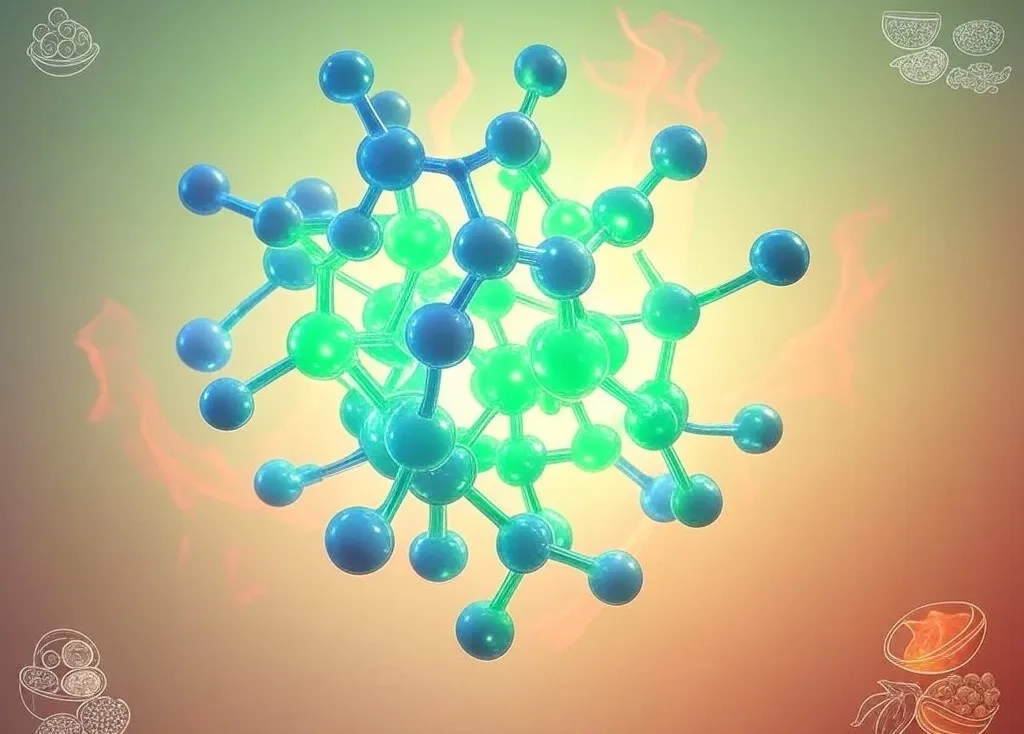
Appetite and Calorie Control
Table of Contents
- Introduction to the Breakthrough
- Research Behind Appetite and Calorie Control
- Mechanism of the New Drug
- Experimental Findings
- Implications for Obesity Treatment
- Future Directions and Market Impact
- Conclusion
- References
Introduction to the Breakthrough
A groundbreaking development in obesity and metabolic research has emerged. Scientists have discovered a drug that manages both appetite and calorie control. This revolutionary advancement addresses two critical aspects of weight management: reducing hunger and increasing metabolism. Millions of individuals battling obesity could benefit from this innovative approach.
The drug activates the Neurokinin 2 Receptor (NK2R), a receptor linked to energy balance. Unlike other treatments, this solution eliminates common side effects like nausea. Such improvements could redefine how obesity is treated globally.
Research Behind Appetite and Calorie Control
The discovery of this drug stems from meticulous research at the University of Copenhagen. Associate Professor Zach Gerhart-Hines and PhD student Frederike Sass led the study at the NNF Foundation Center for Basic Metabolic Research (CBMR). Their work highlights how activating NK2R can regulate appetite and boost calorie burning simultaneously.
Key Insights from the Research
The research was published in “Nature,” a leading scientific journal. Here are the core findings:
| Aspect | Discovery |
|---|---|
| Target Receptor | Neurokinin 2 Receptor (NK2R) |
| Primary Effects | Appetite suppression and increased calorie burning |
| Tested Populations | Mice and non-human primates |
This research reflects years of genetic screenings. Scientists pinpointed NK2R’s pivotal role in controlling energy balance and glucose levels.
Mechanism of the New Drug
The drug’s dual mechanism makes it unique. Current treatments often address only appetite or metabolism. This innovation tackles both aspects, offering a holistic solution to weight management.
How It Works
NK2R activation reduces hunger while enhancing metabolic rates. The drug achieves appetite and calorie control without causing adverse effects like nausea. The table below compares this drug to other popular treatments:
| Feature | New Drug | GLP-1 Therapies (e.g., Ozempic) |
| Appetite Suppression | Yes | Yes |
| Calorie Burning Boost | Yes | No |
| Side Effects | Minimal | Common (e.g., nausea) |
By addressing basal metabolic rate reductions—a growing problem—this drug offers a comprehensive approach.
Experimental Findings
Animal Studies
Initial trials were conducted on mice. Results showed increased calorie burning and reduced hunger without nausea. These findings are promising compared to traditional treatments.
Non-Human Primate Trials
The drug’s efficacy extended to has a higher weight and diabetic non-human primates. The results included:
- Significant weight reduction.
- Improved insulin sensitivity.
- Lowered blood sugar, triglycerides, and cholesterol levels.
Such outcomes indicate the drug’s potential to revolutionize obesity and diabetes management.
Implications for Obesity Treatment
Global Impact
Obesity affects nearly 400 million individuals worldwide. Current treatments often fall short due to side effects or limited efficacy. This drug’s ability to achieve appetite and calorie control could transform global health.
| Metric | Current Stats | Predicted Improvement |
| Global Obesity Rates | 13% (adults) | Significant reduction expected |
| Type 2 Diabetes Cases | Over 463 million people | Improved management through NK2R |
Beyond Weight Loss
The drug enhances metabolic markers. Improved insulin sensitivity and lipid profiles suggest broader health benefits. This innovation could reduce risks of cardiovascular diseases and other related conditions.
Future Directions and Market Impact
Clinical Trials
Human trials are the next critical step. Researchers aim to ensure safety and efficacy in diverse populations. If successful, the drug could reach the market within six years.
Market Potential
The obesity treatment market, dominated by GLP-1-based therapies, might face stiff competition. Unlike existing drugs, this innovation offers appetite and calorie control without significant side effects. Experts predict a substantial market shift upon approval.
Collaboration and Funding
The Novo Nordisk Foundation supported this research. Patents filed by the University of Copenhagen signal potential commercial collaborations. Embark Laboratories ApS might partner in developing NK2R agonists for mass production.
Conclusion
The discovery of a drug offering appetite and calorie control represents a milestone in obesity treatment. By targeting NK2R, it addresses hunger and metabolism comprehensively. The absence of severe side effects enhances its appeal. While challenges like clinical trials remain, the potential impact on global health is undeniable. This innovation offers new hope for millions struggling with obesity and metabolic disorders.






